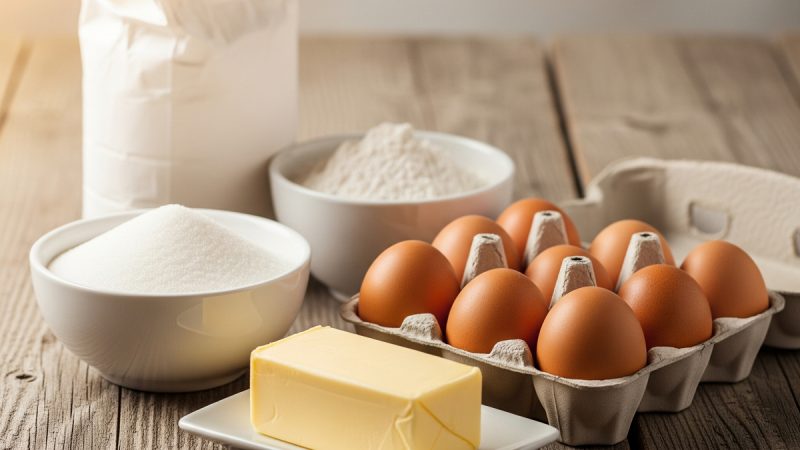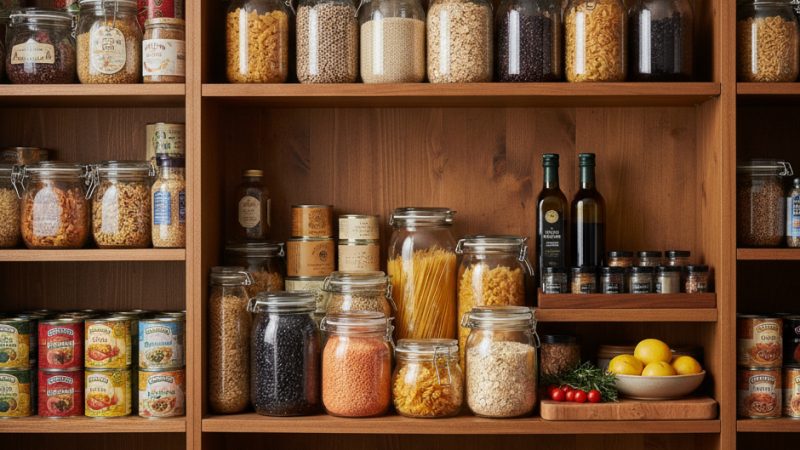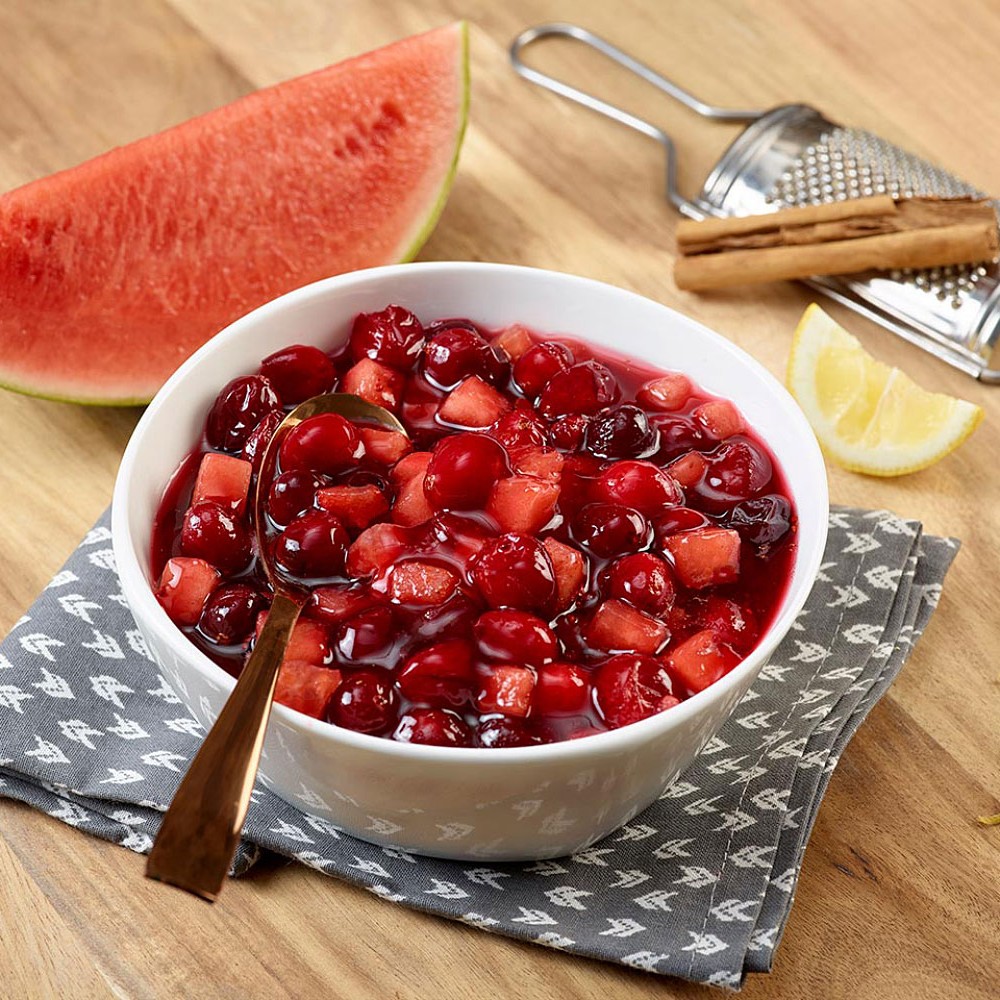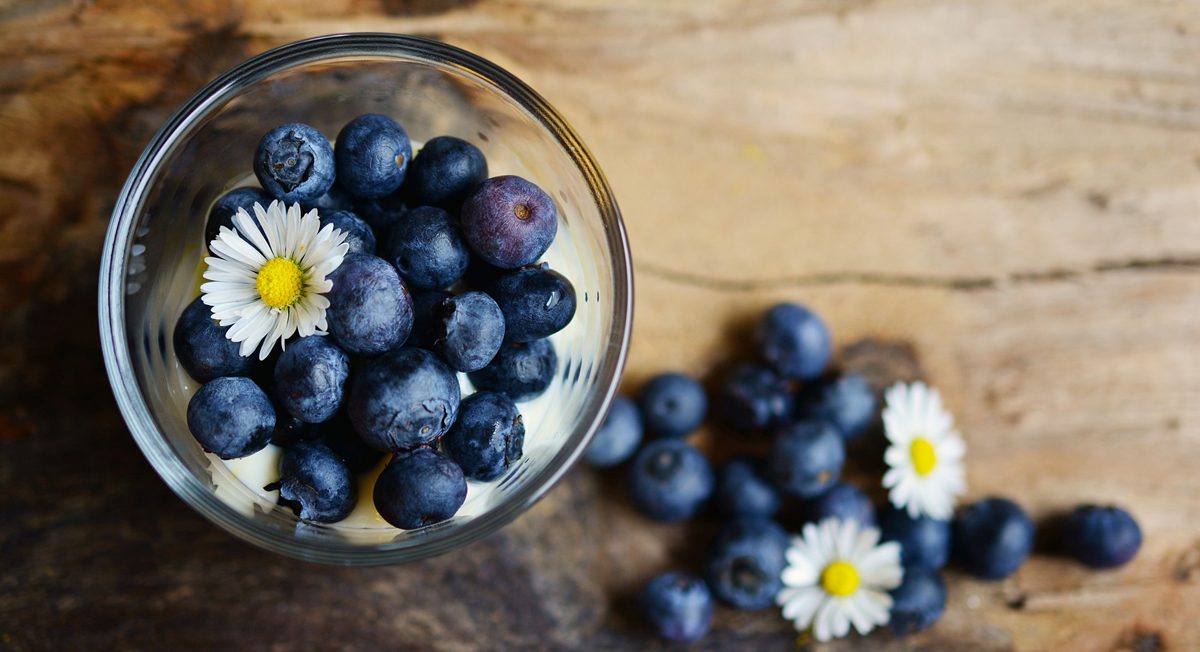Sea Salt vs Table Salt
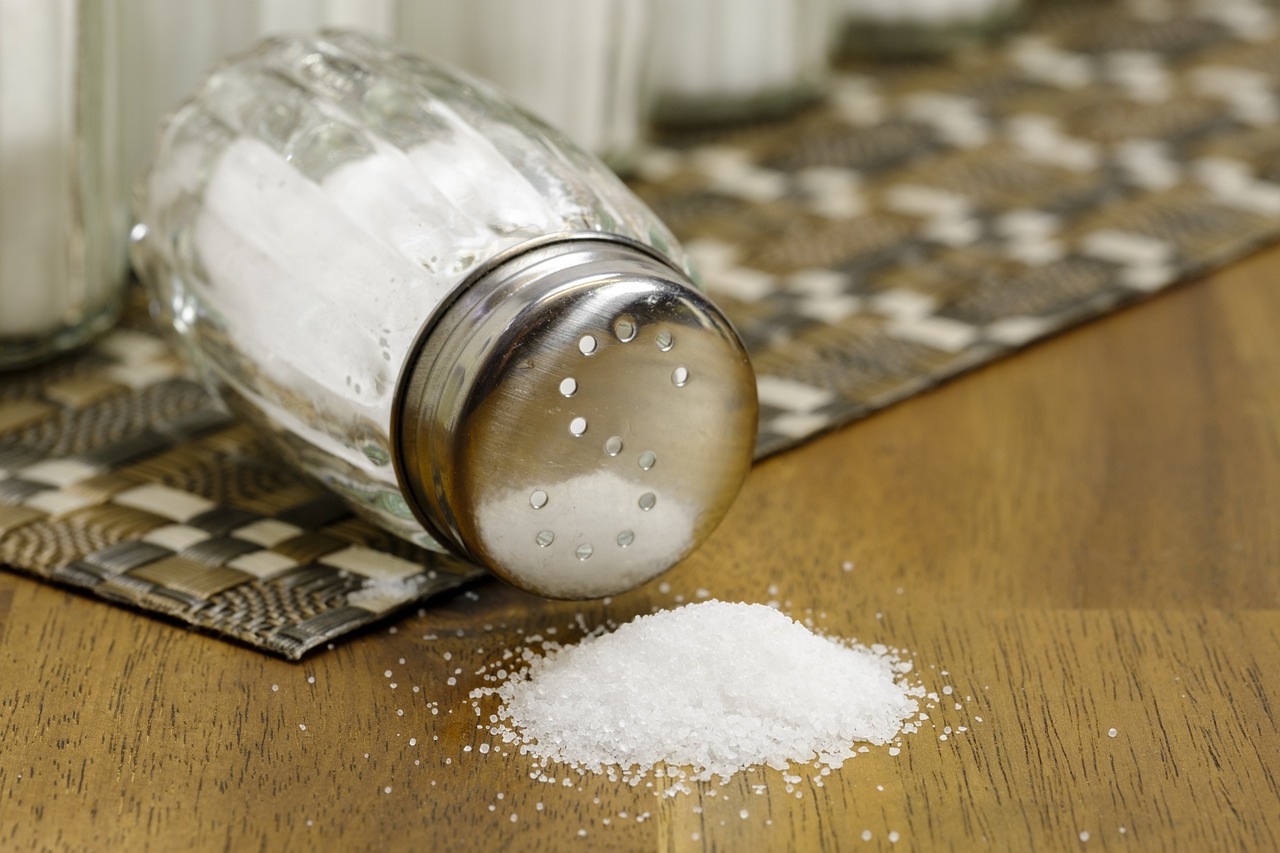
The importance of salt in human life can be gauged by the fact that the Romans paid their soldiers salt as their wage. It is from this practice that the word ‘salary’ had its origin. Almost 75% of our body is made up of water. However, this water is not in its pure form. It has salts dissolved in it that help in a number of functions of the body. Salts present in the cells and tissues of our body help in muscle contraction, proper conduction of nerve impulses and transport of nutrients into the cells.
The chemical compound NaCl is commonly known as ‘salt’. This compound makes sea water salty. Though mainly sodium chloride, sea salt and table salt are different from each other, both with respect to the way they are obtained from nature and their taste. Let’s know more about the difference between sea salt and table salt and about recommended daily intake of salt. It is also present in the extracellular fluid of almost all multicellular organisms. NaCl or salt is obtained from sea water or is mined from underground deposits. Table salt, sea salt, kosher salt and iodized salt (which is a form of table salt with iodine added to it) are the four main types of salts available to us.
How Sea Salt and Table Salt are Obtained
Sea Salt
Sea salt is the unrefined salt that is obtained by simply evaporating the water from the seas or oceans. Sea water is channeled into man-made pools along protected shores, and is then left under the Sun till all the water gets evaporated. What is left behind in the pools is sea salt. Sea salt is 90-98% sodium chloride, while the remaining 2-10% is made of other important minerals like iron, sulfur, magnesium and other trace elements (depending upon the source). These minerals are responsible for the color and flavor of the sea salt. As sea salt contains several minerals, the manufacturing companies label it as ‘natural and healthy alternative’; but there is hardly any difference between sea salt and table salt nutritional value. Sea salt may lose its flavor and color when dissolved or cooked. This salt is produced with minimum processing. Sea salt is often used as crust for baked potatoes. Chefs also use it in French or Thai cuisines.
Table Salt
The common table salt is 99.9% sodium chloride. It is obtained from the terrestrial salt deposits which are mined, heat-blasted and chemically treated. Due to these processes, table salt is stripped of all minerals other than sodium and chloride. Some anti-caking agents are added to table salt to make it free-flowing. The amounts of additives vary from country to country and some additives may affect the health of the consumer adversely. Although, initially table salt which had just sodium and chloride as the only minerals was consumed by people, later on, salt manufacturers started adding iodine to it to prevent people from suffering from iodine deficiency diseases. The amount of iodine added to salt varies from country to country. The ‘doubly fortified salt’ contains both iodide and iron salts. In some European countries, fluoride salts are added to table salt. Some manufacturers add folic acid (vitamin B9) to table salt as it is essential for pregnant women. It gives yellow color to the salt.
Table Salt Vs Sea Salt
Besides the difference in the manufacturing process, sea salt and table salt differ in the following ways:
a. While only sodium and chloride ions are present in table salt, sea salt has other minerals like iron, sulfur and magnesium that are naturally present in it.
b. Sea salt has a better taste and texture than table salt as it contains traces of other minerals. These minerals help maintain a healthy balance of electrolytes in the body.
c. The refining process of table salt strips it of all of its minerals, other than sodium and chloride. This makes it an unnatural substance as compared to sea salt.
d. Although, due to the higher mineral content, sea salt may be considered to be a healthier choice than table salt, it has its own drawbacks. One major disadvantage of sea salt is that it is a poor source of iodine. The iodine that is added during the refining process of table salt makes it a better source of iodine than sea salt.
e. Another health concern that sea salt raises, is the fact that it is obtained from sea water that contains a number of impurities. The sea water is neither boiled nor treated. Sea salt is obtained with minimum processing.
f. Table salt is available in the form of fine, white crystals. Sea salt on the other hand may have a slight grayish color if it is from the coastal areas of France, or may have pinkish hue if it came from some other exotic locale. It may be coarse or fine-grained.
g. A small amount of food additives (usually, silicon dioxide, the primary ingredient of sand) is present in table salt. It helps prevent caking, it also promotes a smooth flow of salt. This additive has GRAS (generally regarded as safe) status.
h. Due to the presence of many minerals, sea salt is not as ‘salty’ as table salt. But, it is more flavored than table salt.
It can be safely concluded that there isn’t any significant difference between sea salt and table salt chemical properties. They have different textures, tastes, flavors and processing. Some retailers may sell sea salts that are fine-grained and white in color. If you want to enjoy the advantages of sea salt, be sure that it is the unrefined one and contains the minerals that gives it an edge over table salt. And remember, regardless of which type of salt you eat, you need to consume a very small amount of salt, to maintain your health. Processed foods should be excluded from your diet as they come with high amount of salt. Daily intake of sodium should be less than 2,300 milligrams. People above age 51, those who are black and those who have high blood pressure, diabetes or chronic kidney problem should consume less than 1,500 milligrams of salt per day.
The Author:
Foodchem.com

